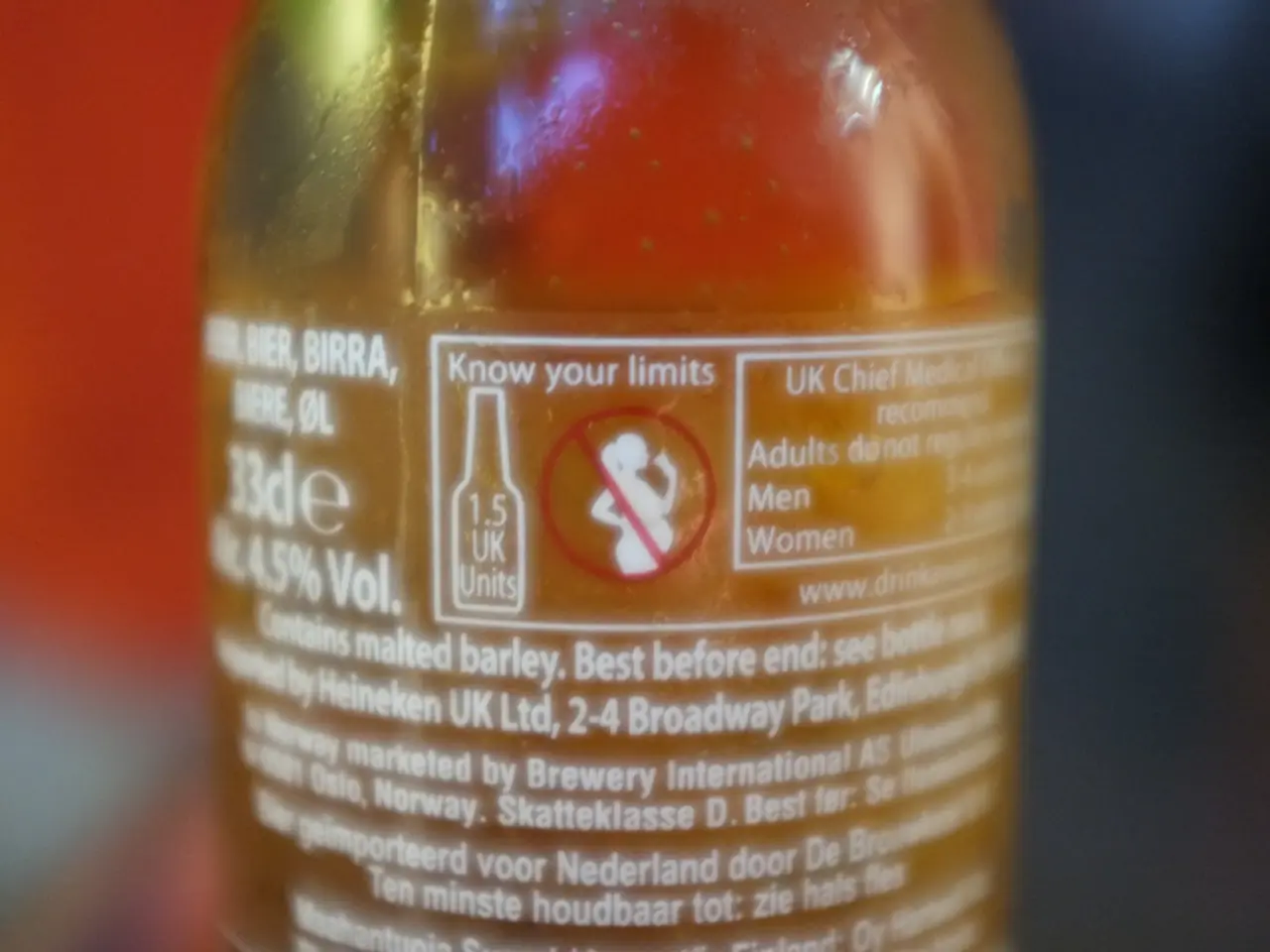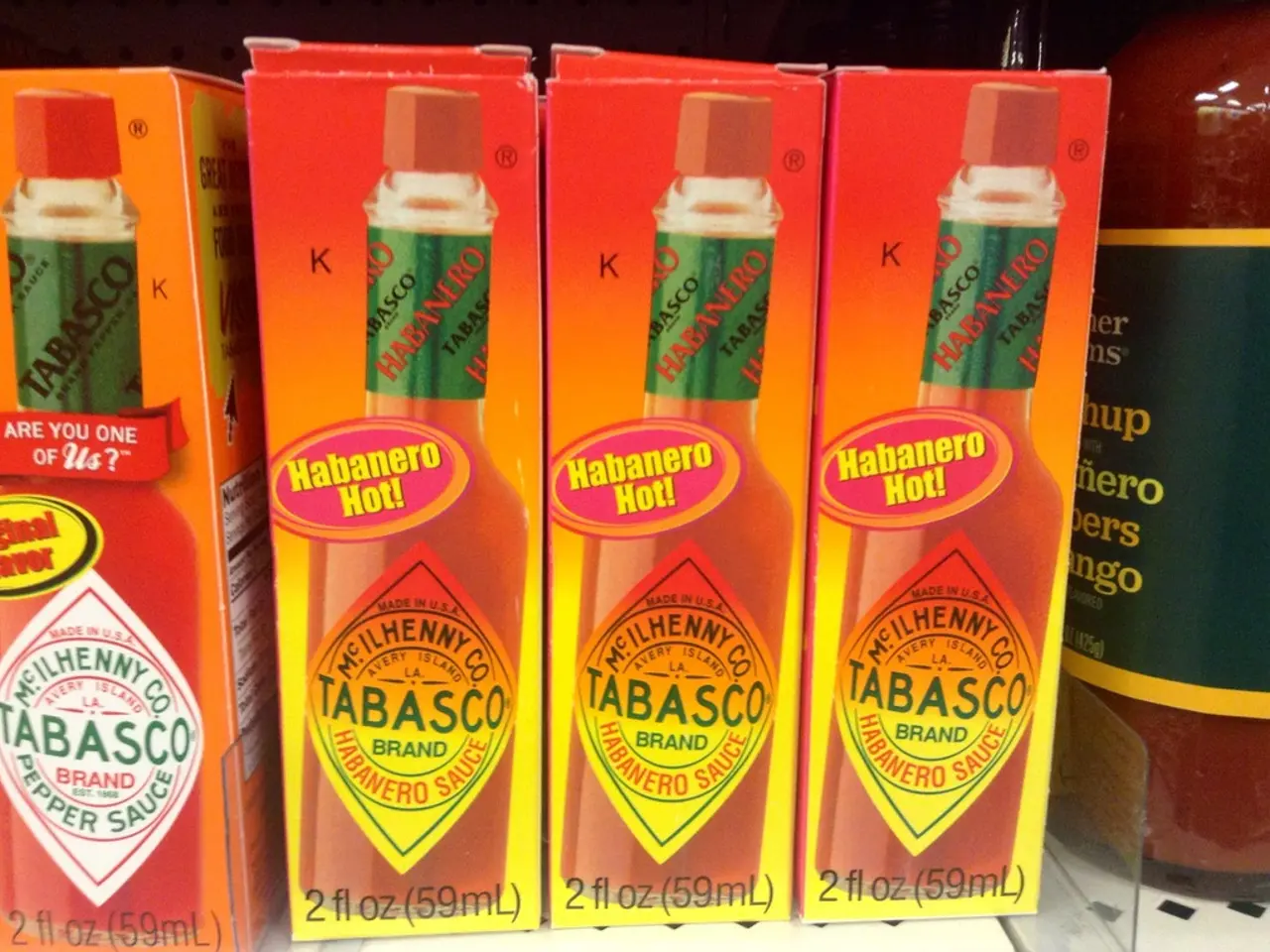Black Skin Vitiligo Occurrence, Causes, and Remedies
In a world where appearances often matter, individuals affected by vitiligo, an acquired skin pigmentation disorder, face unique challenges. This condition, characterised by milky-white patches on the skin and hair, can be particularly distressing for those with darker skin tones, leading to stress, anxiety, depression, and social stigma [1][2][3].
Vitiligo occurs when melanocyte cells in the skin and hair die, and while it can affect various parts of the body, it often starts in areas more exposed to the sun or prone to repetitive trauma [4]. It may appear as a small patch or multiple patches on the body, and in some cases, it can be segmental or unilateral, affecting one area [4].
The psychological effects of vitiligo are significant. Individuals may experience low self-esteem, body image issues, chronic anxiety, social isolation, embarrassment, fear of negative judgment, bullying, and even suicidal ideation in severe cases [1][2]. The condition's depigmentation is more visually striking and socially stigmatized on darker skin, exacerbating fears of judgment, social exclusion, and bullying, particularly among children and adolescents [1][2].
Studies show that over half of people with vitiligo suffer from depression and anxiety symptoms, with many avoiding social situations and intimacy due to their appearance [1][2]. In darker-skinned populations, such as in India, the psychological burden is particularly pronounced: a study found 89% of Indian vitiligo patients reported moderate to severe depressive symptoms, and a majority felt their condition affected daily life and well-being [1][2].
To address these psychological impacts, a holistic approach is recommended, focusing on both physical and mental health.
- Psychological Support: Counseling, cognitive-behavioral therapy, and support groups can help manage depression, anxiety, and social fears related to vitiligo [1][5].
- Stress Management: Since psychological stress can trigger or worsen vitiligo, stress reduction techniques such as mindfulness, relaxation exercises, and emotional well-being practices are beneficial, although they do not cure the condition [2][5].
- Community and Awareness: Building compassionate communities and fostering informed conversations reduces stigma and supports social acceptance [2].
- Diet and Lifestyle: While no diet cures vitiligo, nutrient-rich, anti-inflammatory foods may support immune regulation and reduce stress impacts, complementing medical treatment [2].
- Protective Skin Care: Avoiding skin trauma (cuts, scrapes, tight clothes) is important to prevent the Koebner phenomenon, which can cause new white patches [5].
In conclusion, strategies that integrate dermatological treatment with psychological care and social support improve quality of life for those with vitiligo, particularly for those with darker skin whose condition may invite greater social stigma and mental health challenges [1][2][5]. It is crucial to remember that while vitiligo currently has no cure, some people can have periods of remission where their skin regains its pigment.
[1] Koo, B. H., & El-Azhary, D. (2017). Vitiligo. StatPearls [Internet]. StatPearls Publishing.
[2] Sandeep, K., & Nayak, S. K. (2016). Vitiligo: A review. Journal of Clinical and Diagnostic Research, 10(12), ZD14.
[3] Chandra, S., & Kaur, A. (2014). Psychological impact of vitiligo in dark-skinned populations. Indian Journal of Dermatology, Venereology and Leprology, 80(4), 557.
[4] American Academy of Dermatology. (n.d.). Vitiligo. Retrieved March 24, 2023, from https://www.aad.org/public/diseases/autoimmune-disorders/vitiligo
[5] National Alopecia Areata Foundation. (n.d.). Coping with Vitiligo. Retrieved March 24, 2023, from https://www.naaf.org/learn/vitiligo/coping-with-vitiligo
- Skincare practices that protect the skin from trauma are essential for individuals with vitiligo, as avoiding cuts, scrapes, and tight clothing can help prevent the Koebner phenomenon, causing new white patches.
- Vitiligo, an autoimmune disorder that leads to the death of melanocyte cells and the depigmentation of the skin, can be distressing and may affect an individual's mental health, leading to symptoms like depression, anxiety, and low self-esteem.
- In the world of health and wellness, addressing the psychological impacts of vitiligo requires a holistic approach, combining medical treatment for the condition with psychological support, stress management, community building, and lifestyle changes.
- Skin care products and advertisements should make an effort to represent and support people with vitiligo, acknowledging that the condition is a medical condition and not a cosmetic issue, and aiming to reduce the stigma associated with it.




